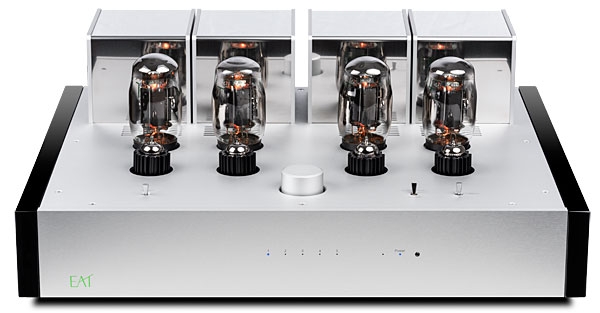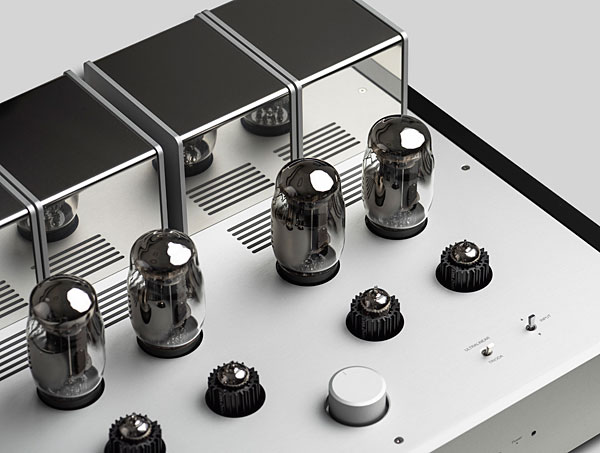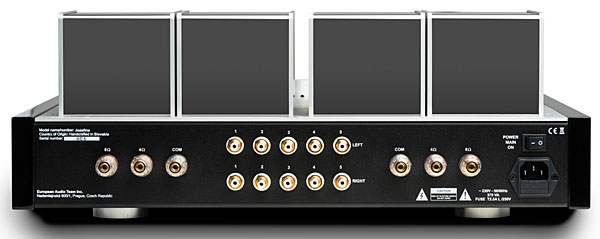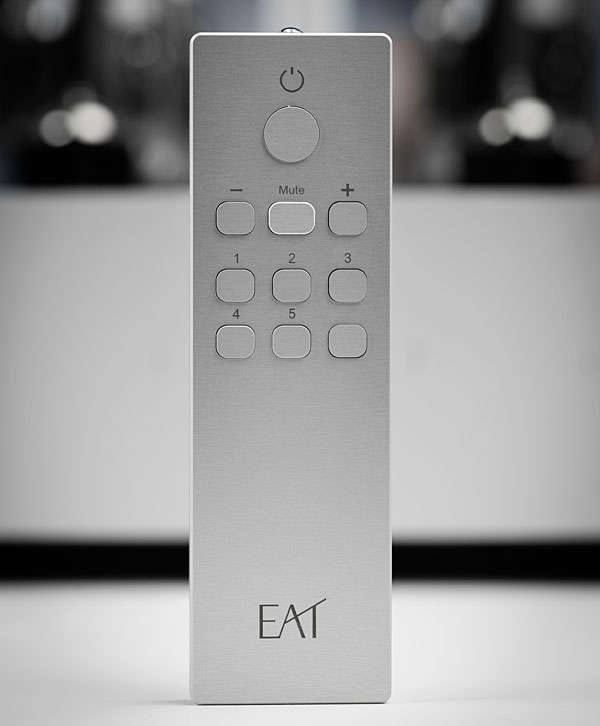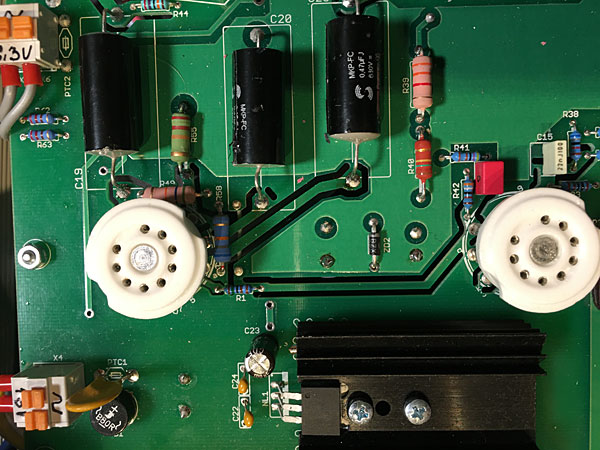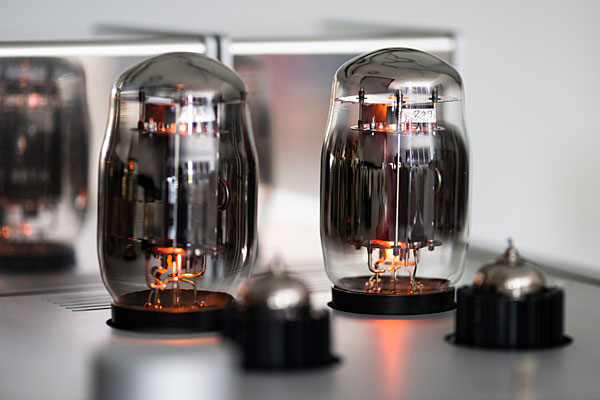| Columns Retired Columns & Blogs |
Excellent review.
I like the way you compared and contrasted the amp with different manufacturers.
Although I am set on equipment I cannot imagine anyone springing for this beautiful integrated being anything but ecstatic and happy with the purchase.
